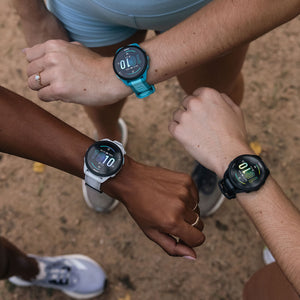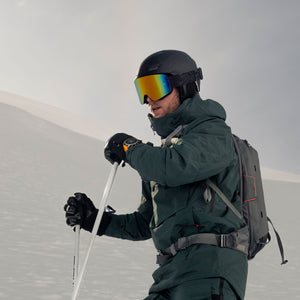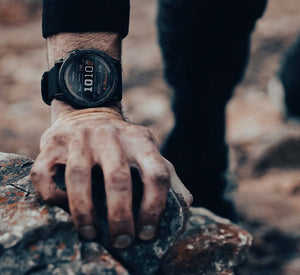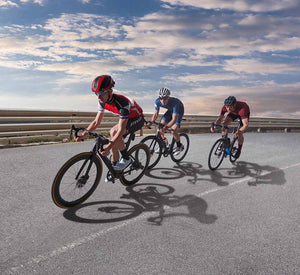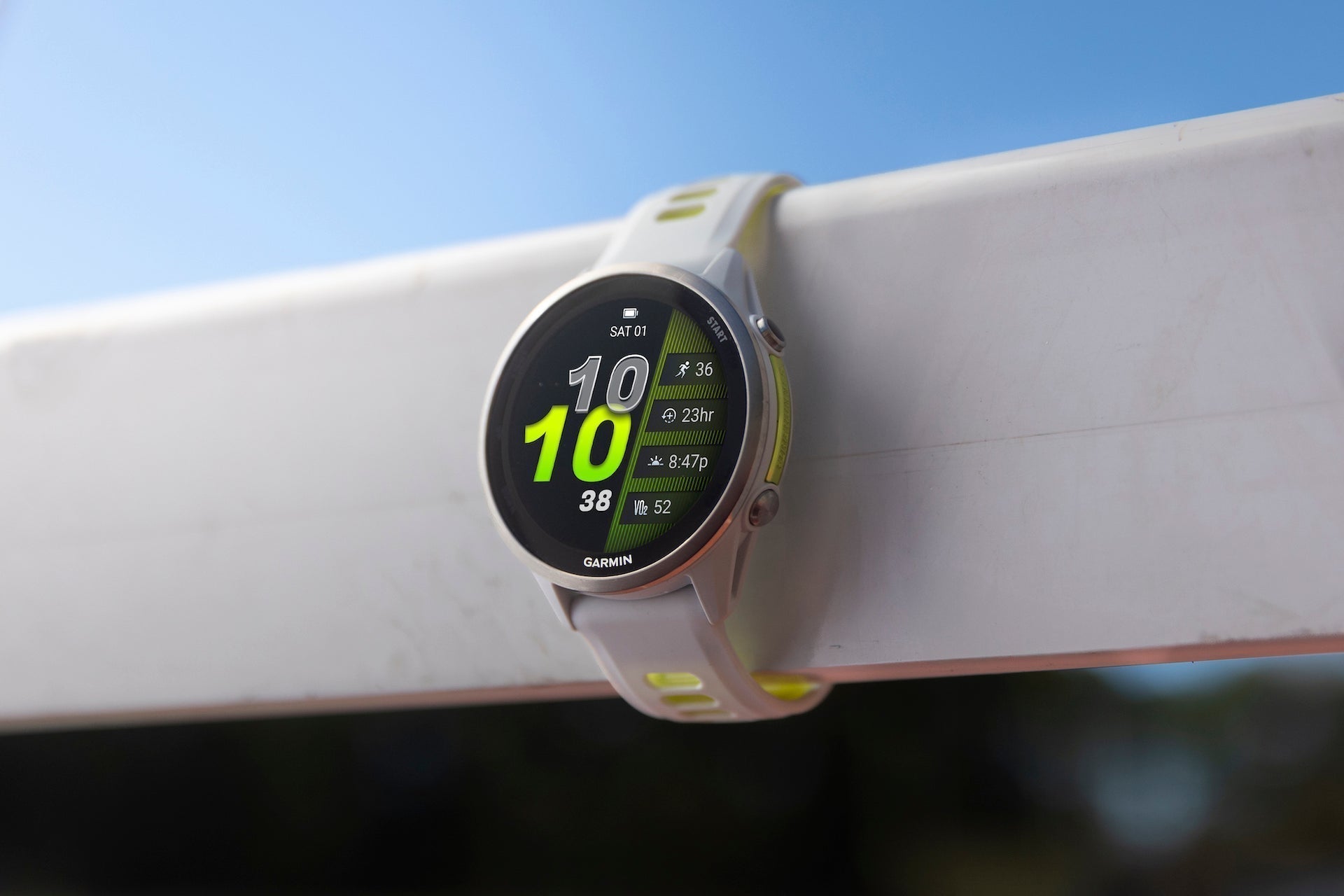
Garmin Forerunner 970: The New Benchmark for Serious Runners and Triathletes
Experience next-level performance with the Garmin Forerunner 970, packed with cutting-edge training tools, health insights, and GPS accuracy for serious athletes. Read on to compare and explore how its advanced features can optimize every run.
On May 15, 2025, Garmin unveiled its latest high-performance GPS smartwatches: the Forerunner 570 and Forerunner 970. These models are designed to help athletes achieve their next personal records by offering advanced features and improved hardware.
The Forerunner 970 succeeds the 965, which introduced the AMOLED display (along with the 265) to the Forerunner family of running watches.
What’s New on the Garmin Forerunner 970
The Forerunner 970 introduces several enhancements—in terms of build-quality, holistic training/wellness/recovery, and smartwatch savvy—over its predecessors:
-
Display: A 1.4-inch AMOLED screen provides vibrant visuals.
-
Build: Features a 47mm titanium bezel with a sapphire lens, ensuring durability.
-
Health Monitoring: Includes ECG capabilities and skin temperature tracking.
-
Safety: Equipped with an LED flashlight for visibility during low-light conditions.
-
Audio Features: Built-in speaker and microphone allow for call handling and voice assistant interaction.
-
Battery Life: Offers up to 15 days in smartwatch mode.
-
Advanced Metrics: Introduces Running Tolerance, Running Economy, and Step Speed Loss metrics, especially when paired with the new HRM 600 chest strap.
-
Evening Report: Provides a summary of sleep needs, upcoming workouts, events, and weather.
Forerunner 970 vs. Forerunner 965
While both models cater to serious athletes, the Forerunner 970 offers notable upgrades:
-
Display: Both have AMOLED screens, but the 970's is slightly larger at 1.4 inches.
-
Materials: While both feature a titanium bezel, the 970 has upgraded to a sapphire lens, offering considerably more scratch-resistance.
-
Health Features: The 970 adds ECG and skin temperature tracking.
-
Audio: The FR 970 includes a speaker and microphone, allowing users to make and take calls from the watch when paired with a compatible smartphone. Plus, control watch functions with voice commands, or use the phone’s voice assistant to respond to text messages and more.absent in the 965.
-
Built-in LED flashlight: Quickly control the flashlight’s brightness right from the display for greater awareness in dark environments.
-
Battery: One area in which the Forerunner 965 prevailed. The FR 970 offers a shorter battery life at 15 days versus the 965's 23 days.
-
Advanced Metrics: Exclusive to the 970 are the new running dynamics metrics:
-
Running Tolerance: Better understand the impact each run has on the body and receive a recommended weekly maximum mileage to help keep training on track.
-
Running Economy: Measure overall energy efficiency after several runs using the new HRM 600 heart rate monitor (sold separately).
- Step Speed Loss: See how much an athlete slows down when their foot hits the ground(HRM 600 required).
-
Running Tolerance: Better understand the impact each run has on the body and receive a recommended weekly maximum mileage to help keep training on track.
Forerunner 970 vs. Forerunner 570
The Forerunner 570 serves as a mid-range option, while the 970 is the premium choice:
-
Display: Both feature AMOLED screens.
-
Build: The 570 has an aluminum bezel; the 970 boasts a titanium bezel with a sapphire lens.
-
Health Monitoring: The 570 includes skin temperature tracking but lacks ECG capabilities of the Forerunner 970.
-
Audio: Both models have built-in speakers and microphones.
-
Built-in LED flashlight: The Forerunner 970 features an LED flashlight you can control from the touchscreen; the FR 570 does not offer this tool.
-
Battery Life: The 570 offers up to 18 hours in GPS mode, while the 970 provides up to 15 days in smartwatch mode.
-
Advanced Metrics: The 970 includes exclusive running dynamics metrics—including the new Running Tolerance, Running Economy, and Step Speed Loss—not available on the 570.
Forerunner 970 vs. fenix 8 and Enduro 3
Comparing the Forerunner 970 to Garmin's other high-end models:
-
Garmin fenix 8 multisport watch: Designed for multisport and adventure, it features a rugged build, solar-charging options, and extensive activity profiles. However, it is bulkier and more expensive than the Forerunner 970.
-
Garmin Enduro 3 ultraperformance watch: Tailored for ultra-endurance athletes, it offers exceptional battery life (up to 320 hours with solar charging) and a lightweight design but lacks some of the advanced health features of the 970.
Who Should Buy the Garmin Forerunner 970?
The Forerunner 970 is ideal for:
-
Competitive Runners and Triathletes: Those seeking Garmin’s unbeatable offering advanced training metrics and health monitoring.
-
Tech-Savvy Athletes: Users who value features like ECG, skin temperature tracking, and smart notifications.
-
Professionals: Athletes requiring a durable yet lightweight watch with comprehensive features and 24/7 health-monitoring and smart tools.
Final Thoughts
The Garmin Forerunner 970 stands out as a top-tier smartwatch for serious athletes, combining advanced health metrics, durable design, and smart features. While it comes at a premium price, the array of features and performance enhancements make it a worthy investment for those dedicated to their training and performance goals.

